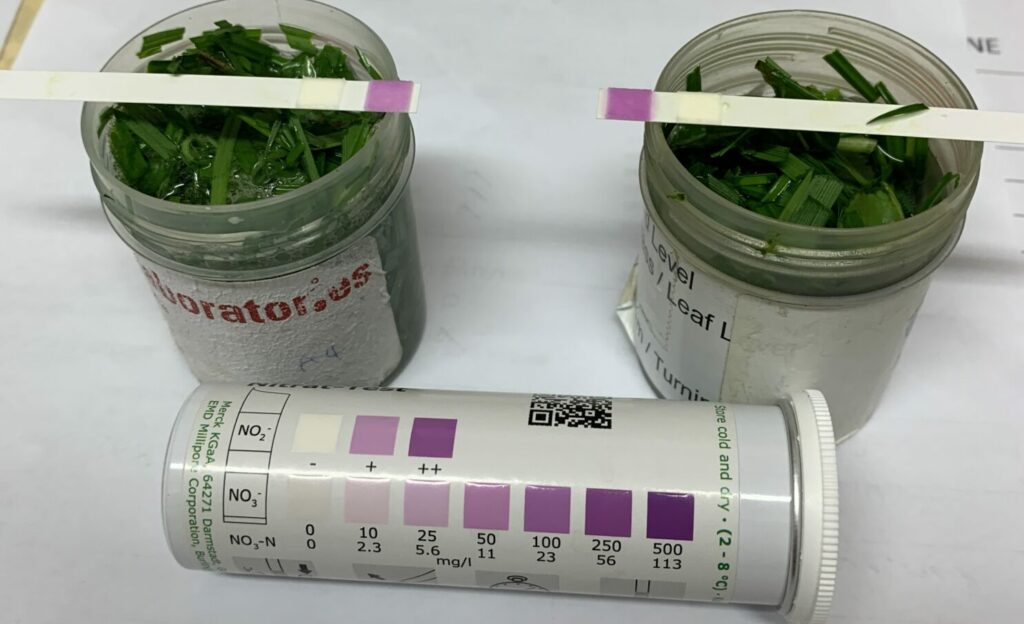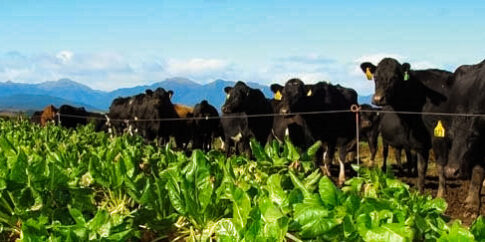Too hot to handle
Crops are an integral part of many systems, supplying supplementary feed when pasture covers get tight during autumn and winter. Unfortunately, nothing in life is ever that simple with many of the popular choices for crop being higher risk for nitrate accumulation, placing us between a rock and a hard place when push comes to shove.
Heading back to science class for a second, nitrate occurs naturally in the plant as a source of energy for growth. When ruminants graze, nitrate is converted to nitrite in the rumen which is then converted to ammonia. The ammonia is used as protein for the normal bugs in the rumen.
Nitrate levels in plants vary naturally but can become too high after periods of low temperatures, low sunlight, periods of stress (such as droughts), application of nitrogen fertilizer and in young plants. Plants that are rapidly growing after a period of stunting are the most dangerous. Commonly incriminated plant species are oats, brassicas and annual ryegrass.
Problems arise when the levels of nitrate are very high as a lot of nitrite is produced in the rumen. When the rate of nitrite production is too much, it exceeds the normal conversion rate to ammonia and spills over into the blood.
Once in the blood, nitrite reduces how much oxygen is carried in the blood causing the animal to show signs of low oxygen. Commonly associated signs are sudden death, struggling to breathe, incoordination and weakness.
Fortunately, there is a treatment if the animals are not too severely affected and are caught early enough. Unfortunately, it is an off-label product meaning a default meat WHP (91 days) will apply. If you see any signs, get them off the paddock immediately
Prevention is the best cure when it comes to nitrate toxicity. Simply bring in a sample of the crop/pasture to your local clinic and ask for a nitrate test. The test allows us to see the current levels of nitrate in the plant and if it is safe for stock to graze.
 Management practices can also help reduce the risk of nitrate toxicity if we need to feed stock on crops that have moderate levels. These include ensuring stock do not go on hungry, feeding in late morning and early afternoon, supplying some supplementary feed such as hay while on the crop, checking the animals regularly when they are on crop and lastly, restricting how long they are grazing for to no more than 1 hour.
Management practices can also help reduce the risk of nitrate toxicity if we need to feed stock on crops that have moderate levels. These include ensuring stock do not go on hungry, feeding in late morning and early afternoon, supplying some supplementary feed such as hay while on the crop, checking the animals regularly when they are on crop and lastly, restricting how long they are grazing for to no more than 1 hour.






